 |
| People are starting to show up — that is, avatars are starting to gather. |
|
Last night was interesting — and you know what the old Chinese wise man said. It was a new experience for me, to present to an audience of Avatars in Second Life, and I want to thank Lisa Perez and the AASL – ISTE SIGMS learning community for the invitation.
The challenges were many for me, as a person who is not exactly at home in the virtual realms. First of all, the participants were avatars, appropriately dressed and polite (no giant yellow ducks), but puppets none the less. Now multiply any discomfort by a million when you consider that most of the people who are driving the avatars in front of me were actually out-of-body, experiencing the event from many different angles. I wondered earlier this morning if it would help to reflect this element of the experience by having ghosts of the avatars appear in varying degrees of transparency. Although I would have had a more accurate sense of the environment I was speaking into, the spook factor put that thought out of my mind in a nanosecond.
A large part of the event was to be handled as discussion, which was also challenging to me. The few folks we got on with voice worked out well, I thought, and was especially pleased to have Peggy Sheehy expand on a new blog she is authoring for the teachers in her school. I do not know how many people were sitting around me, but I found the chat to be advancing to fast to gain any usefulness from it.
Of course, none of this was bad or in any way a barrier to the potentials of virtual environments as learning places. The communication is different. It is multidimensional. The are avenues of dialog that I haven’t even explored yet. I want to do this again, and with this experience behind me, I have a better sense of how to structure things.
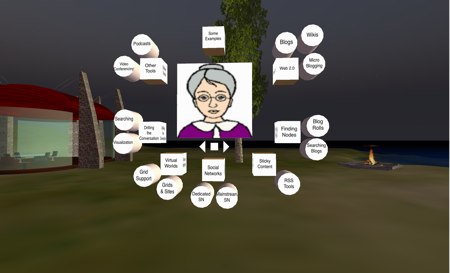 |
| A floating & Interactive Concept Map |
|
For instance, I spent a better part of yesterday morning (and the day before) re-acquainting myself with Linden Scripting Language, a fairly accessible programming language that you can use to design function into the objects you have built. I’ve found it useful lately, to include concept maps in my online handouts, as I am coming to depend much less on presentation software in my face-to-face presentations. I wanted to take that to Second Life, but rather than a static graphical arrangement of signs, I needed it to build as I presented the ideas. To the left, you can see what it looked like during a trial-run on ISTE Island earlier in the day.
It started with the image of Ms. Coolbeans surrounded by small dots. As I approached each of the concepts, I could click the appropriate dot, and it would expand into the box or cylinder for “Web 2.0,” “Finding Nodes,” “Sticky Content,” etc. Once expanded, participants could click the boxes to launch a web page, which aggregated related web sites out of my Delicious account.
I had also figured out how to have each expansion of a box advance the slides in the middle (Ms. Coolbeans being the initial slide). But I neglected to protect the buttons that came with the free script that I hacked. So people kept advancing the slides on me, and I eventually ignored them and relied solely on my magnetic voice. No wonder I didn’t sleep well last night.
 |
| You have to get swept up into the vortex of this thing to access the content. Not terribly practical to me, but it turns content into a place, and I think that this has potential. |
|
The best thing I could have done was to have folks break out into logical groups, and Lisa Perez and I discussed the possibilities before people started showing up. There really weren’t the facilities available to do that, making me wish I had acted on an impulse I’d had earlier in the day. The picture to the right is something that I took several months ago on ISTE Island. I do not remember the event or even the topic. But I do remember how the presenter was able to turn his content into place, that avatars/agents had to actually go to.
My wish is to take the eight-legged concept map, and turn it into a building with eight wings. At the end of each wing would be a room where people could meet and talk about blogs, wikis, and microblogging; or techniques for growing your PLN; or tools for mining the conversation. If I’d had this, then I could have sent groups of avatars to the various wings to share what they know and what they want to learn. There could be slides, signs, and perhaps even dynamically aggregated blog postings related to the topic.
I’d like to build a PLN Pavilion. Does anyone know where there might be some space for this?
Powered by ScribeFire.


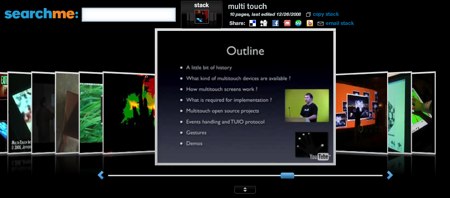

 Each year, the division, where I worked, at the North Carolina State Department of Public Instruction, held a Christmas potluck gathering for current and former employees. It was something I looked forward to, visiting and reconnecting with colleagues who have moved on to other jobs or retired. It was also a chance to enjoy regular dishes, such as John Brim’s amazing Cheese Cake and Margaret Bingham’s Collards. For me, it was Tiger Butter, and I was promised each year that I would not be allowed entry without it.
Each year, the division, where I worked, at the North Carolina State Department of Public Instruction, held a Christmas potluck gathering for current and former employees. It was something I looked forward to, visiting and reconnecting with colleagues who have moved on to other jobs or retired. It was also a chance to enjoy regular dishes, such as John Brim’s amazing Cheese Cake and Margaret Bingham’s Collards. For me, it was Tiger Butter, and I was promised each year that I would not be allowed entry without it.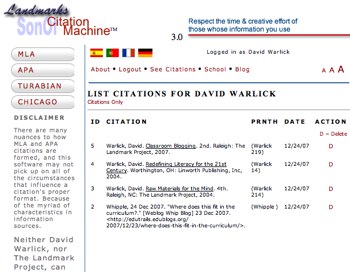
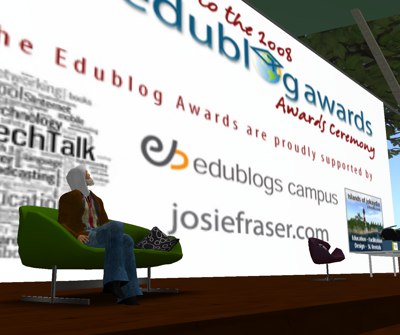 I was mostly speechless yesterday, upon opening Twitter Deck and finding a slew of congratulations. I refused to believe it at first, but, upon clicking through to
I was mostly speechless yesterday, upon opening Twitter Deck and finding a slew of congratulations. I refused to believe it at first, but, upon clicking through to 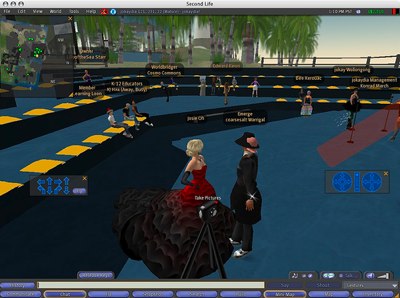


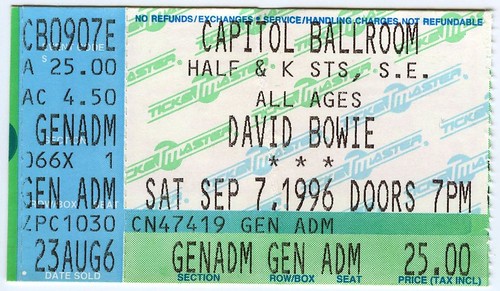
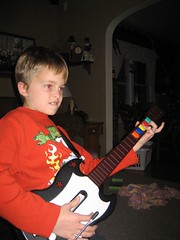
 Testing things out has given me even more enjoyment, as I have taken some time to look at some of the things that Class Blogmeister teachers are doing. One, in particular, impressed me this morning — because it would never have occurred to me to do this. Carolyn Knight, in rural New Zealand, posted a Merry Christmas blog article at 3:42 AM Texas time. But about twenty minutes before that she posted an article entitled, Room With a View. Here she informed her students (who are now on summer break) that,
Testing things out has given me even more enjoyment, as I have taken some time to look at some of the things that Class Blogmeister teachers are doing. One, in particular, impressed me this morning — because it would never have occurred to me to do this. Carolyn Knight, in rural New Zealand, posted a Merry Christmas blog article at 3:42 AM Texas time. But about twenty minutes before that she posted an article entitled, Room With a View. Here she informed her students (who are now on summer break) that, It’s just numbers, but some time during the night, a student or teacher became the 200,000th Class Blogmeister. By coincidence, I’m doing a small face lift of the tool, or else it would have gone completely unnoticed — by me. A few other current statistics:
It’s just numbers, but some time during the night, a student or teacher became the 200,000th Class Blogmeister. By coincidence, I’m doing a small face lift of the tool, or else it would have gone completely unnoticed — by me. A few other current statistics:

